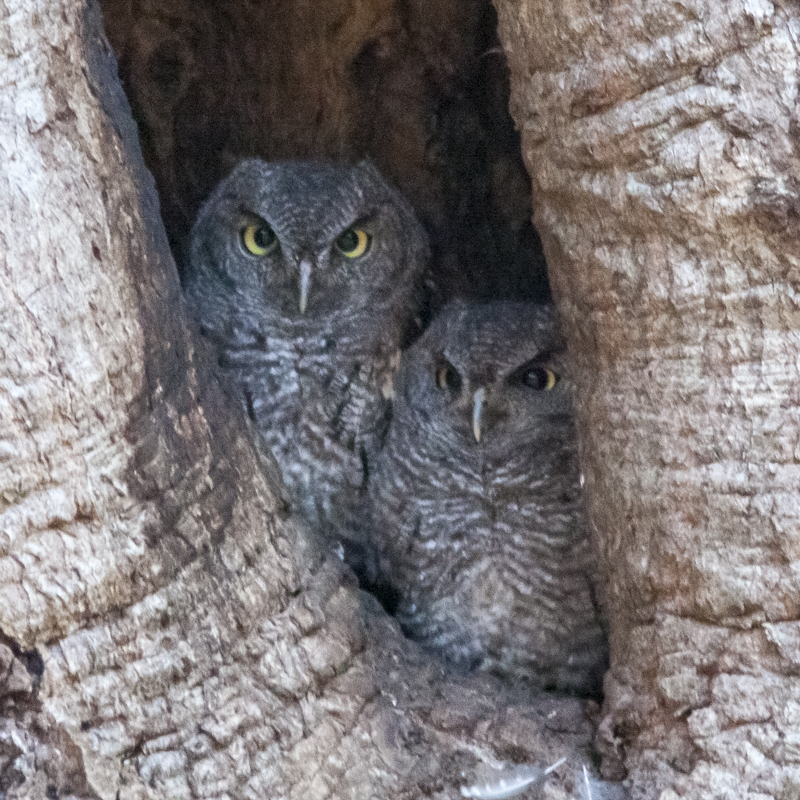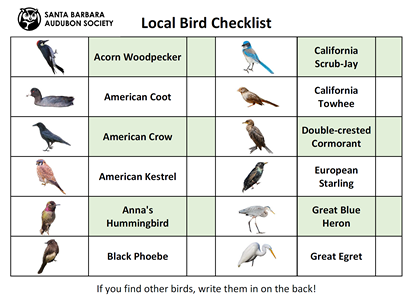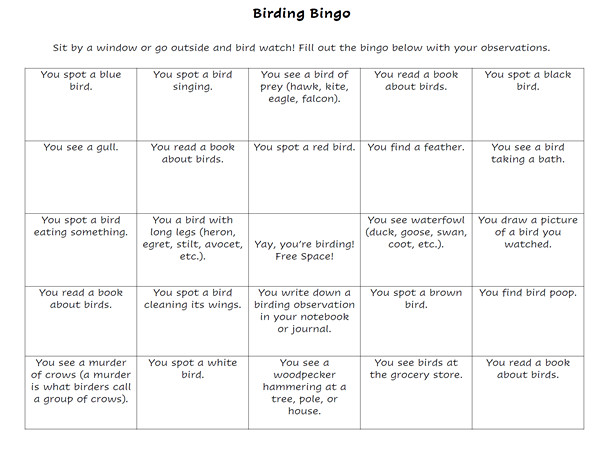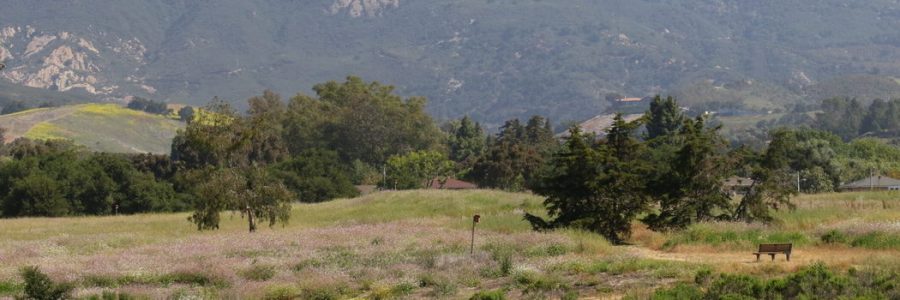This is Santa Barbara Audubon Society’s location for instructional video and other education and informative media items. Click on the buttons below to go to alternate content pages.
This is Santa Barbara Audubon Society’s location for instructional video and other education and informative media items. Click on the buttons above to go to alternate content pages.
Learning Resources
7:14
4:17
3:29

6:06

4:37

3:33

3:45
Santa Barbara Audubon Society is pleased to share this beautiful film which celebrates local and migrating birds at LLC, raises awareness about the importance of this open space for providing critical habitat to avifauna and other wildlife, and inspires community environmental stewardship and nature conservation of this stunning gem in the City of Goleta.
Thank you to Michael Love of Sage Hill Films and the Mosher Foundation for their generous support to create this video.
Santa Barbara Audubon Society is pleased to share this short and stunning video that explains why birds are critical for healthy ecosystems.
Thank you to Michael Love of Sage Hill Films and the Santa Barbara Foundation for their generous support to create this video.
Santa Barbara Audubon Society is pleased to share this short and stunning video that explains how easy it is to begin to enjoy the birds around us.
Thank you to Michael Love of Sage Hill Films and the Santa Barbara Foundation for their generous support to create this video.
Meet four stunning birds of prey— a hawk and three wild owls— through SBAS’s Eyes in the Sky program. Discover how these birds came to be ambassadors, and learn about the native raptor species that live throughout the Santa Barbara area.This video was made in partnership with Santa Barbara Public Library.
One of Santa Barbara Audubon Society’s science projects has been monitoring Tree Swallow (TRES) nest boxes. This is a short movie showing TRES behavior during breeding season.
Meet Puku, a little Western Screech-owl with unusual eyes. Learn the story of how she became an ambassador bird and watch her powers of camouflage.
Meet Ivan, a majestic Red-tailed Hawk. Learn about this big, colorful hawk we can spot in the wild around the Santa Barbara area.
Local Bird Vocalizations
All audio files are played directly from the Xeno-canto.org website. Go to that website to explore more.
Acorn Woodpecker
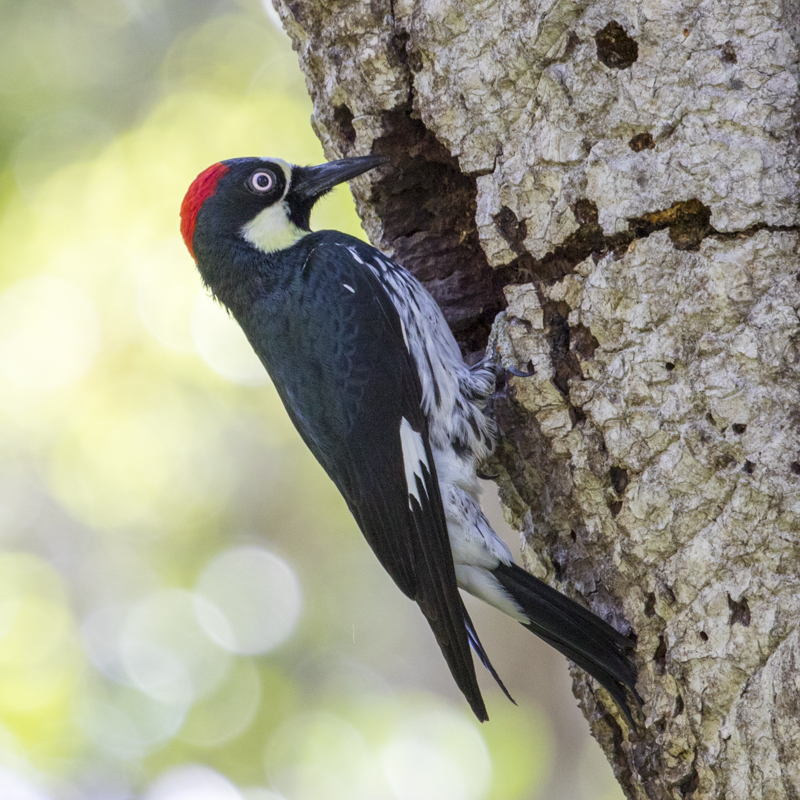
American Crow
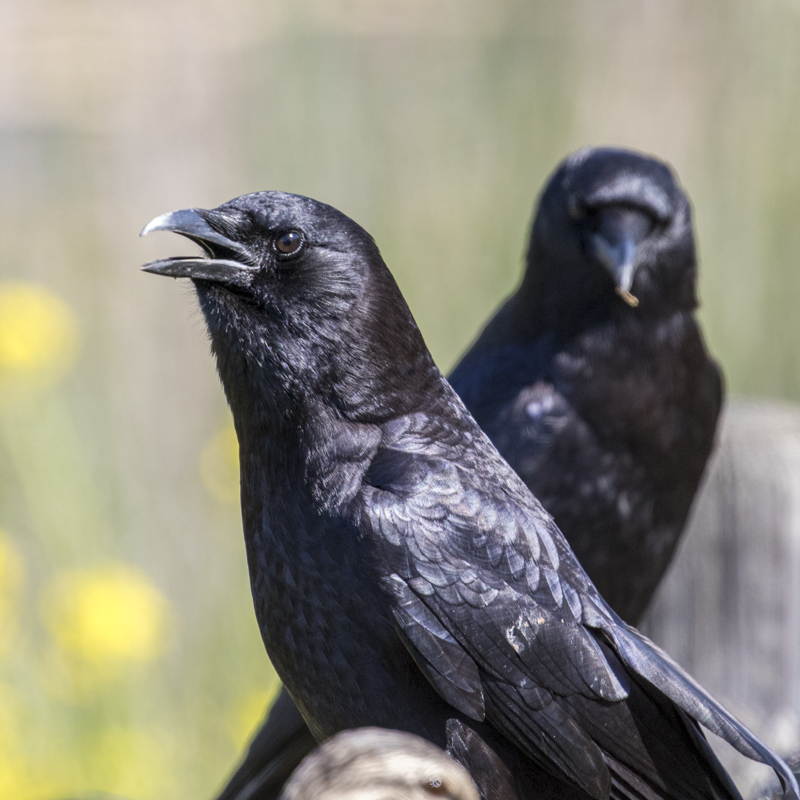
Anna's Hummingbird
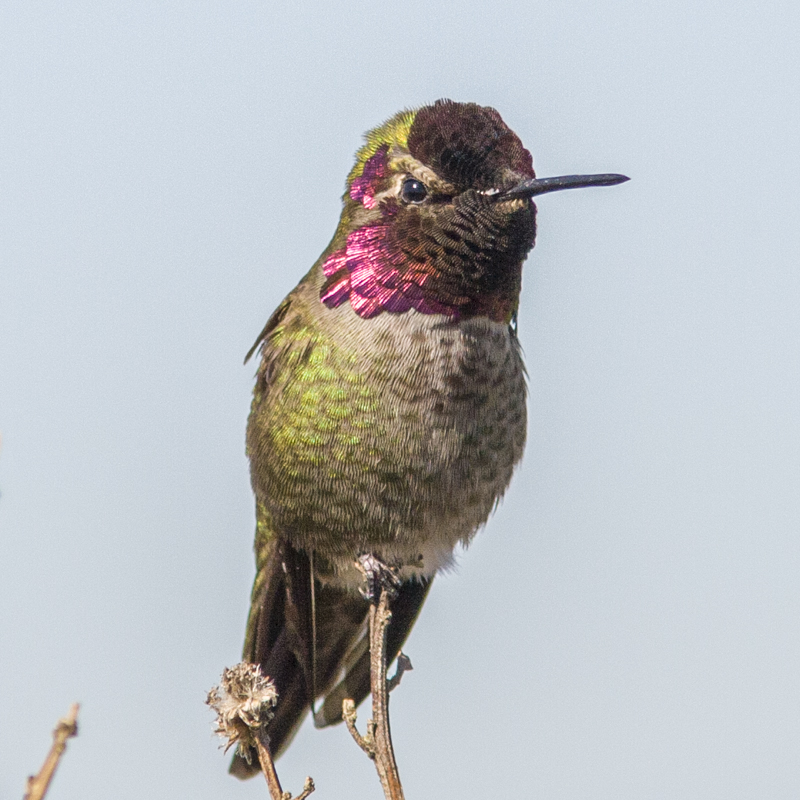
California Scrub-Jay
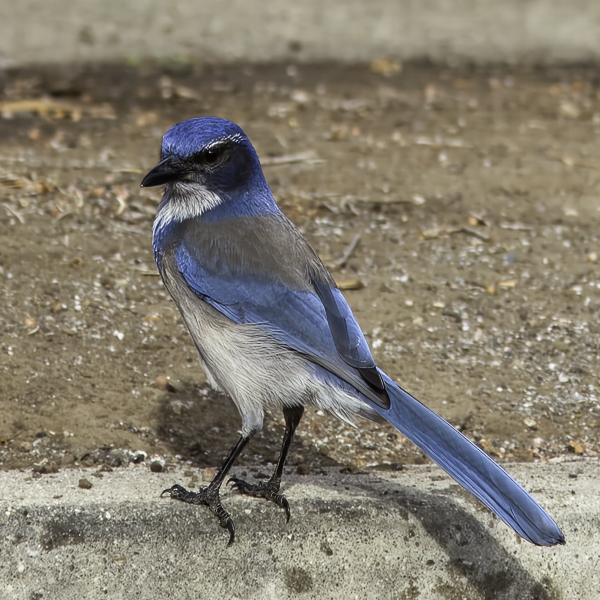
California Towhee
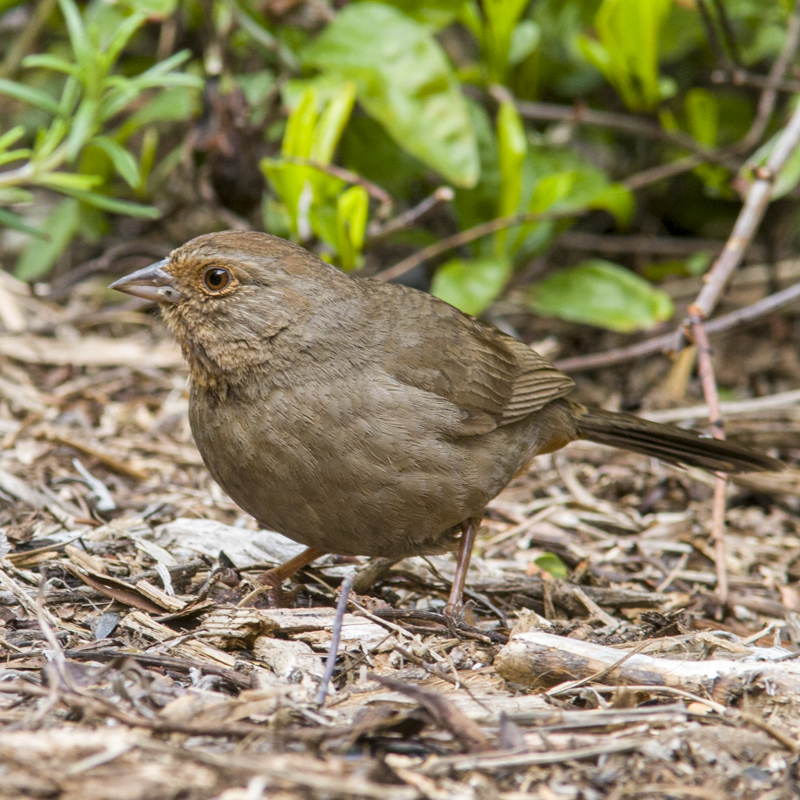
Great Blue Heron
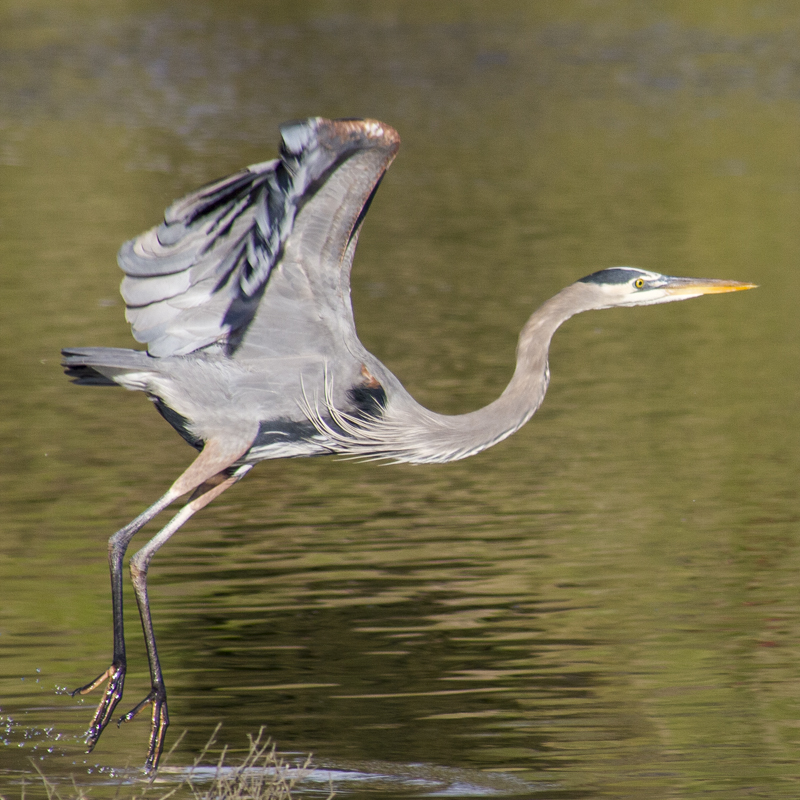
Great Horned Owl

Mallard

Mourning Dove
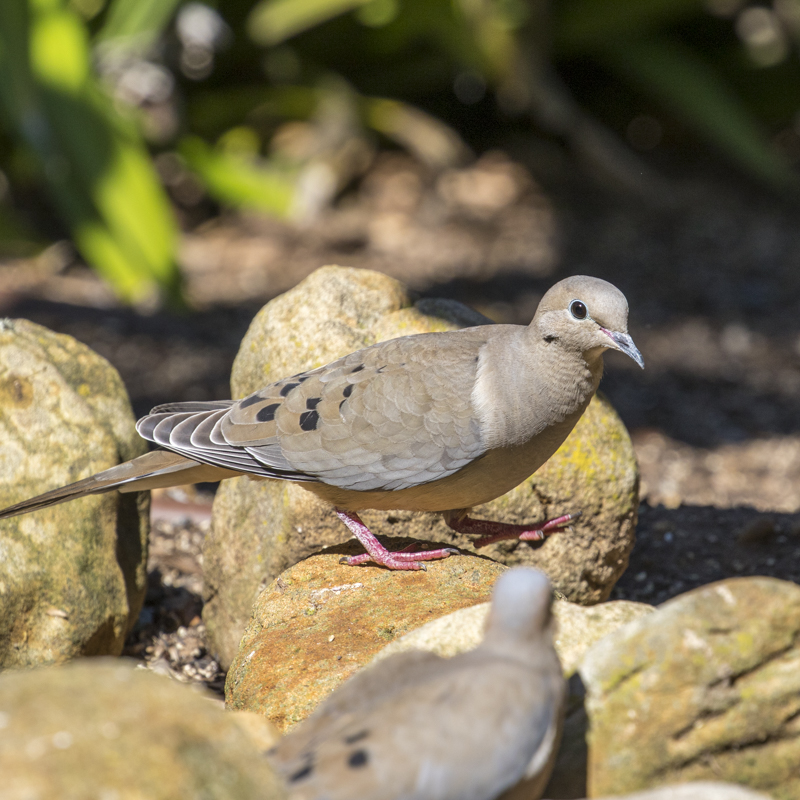
Northern Mockingbird
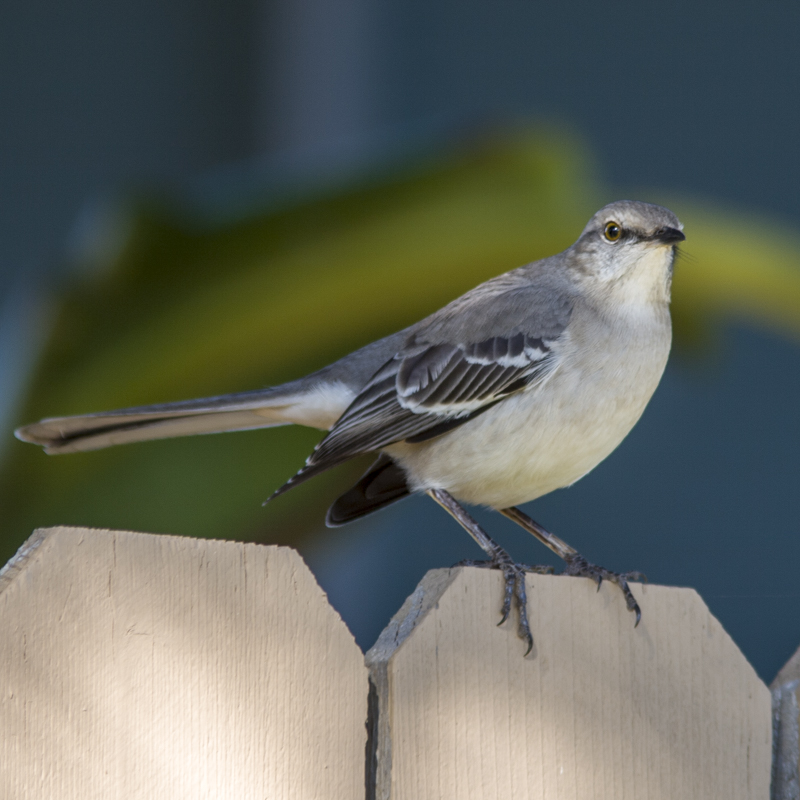
Peregrine Falcon
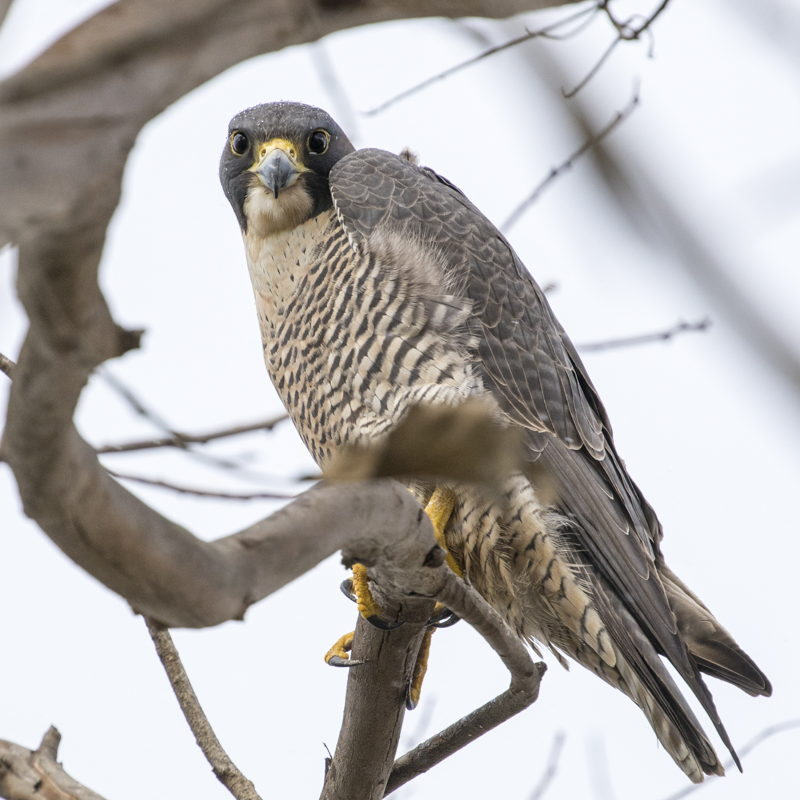
Red-tailed Hawk
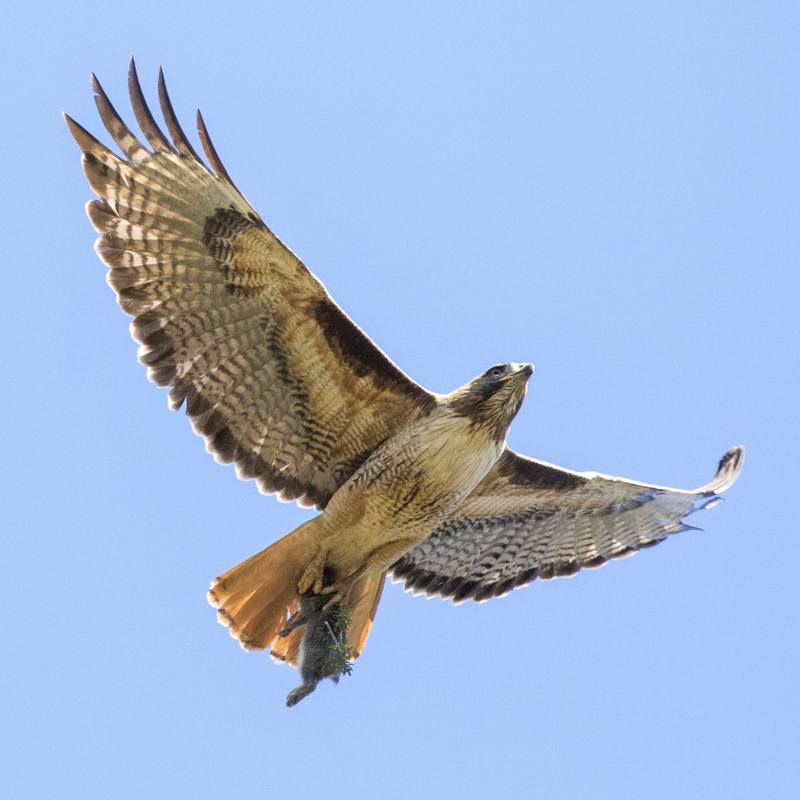
Red-shouldered Hawk
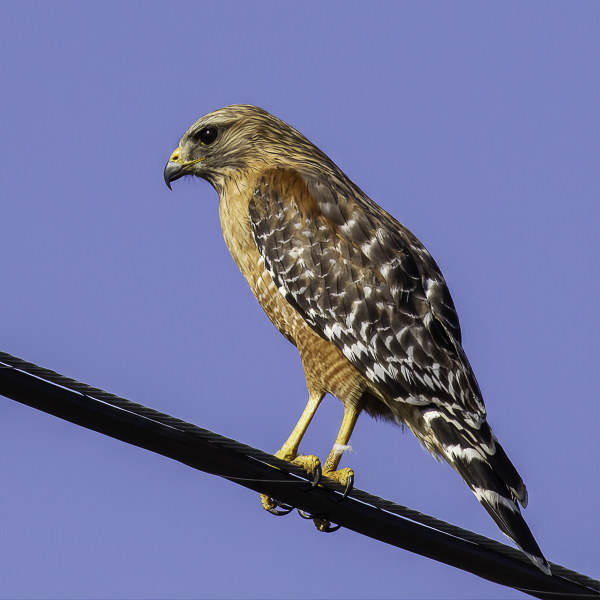
Western Gull
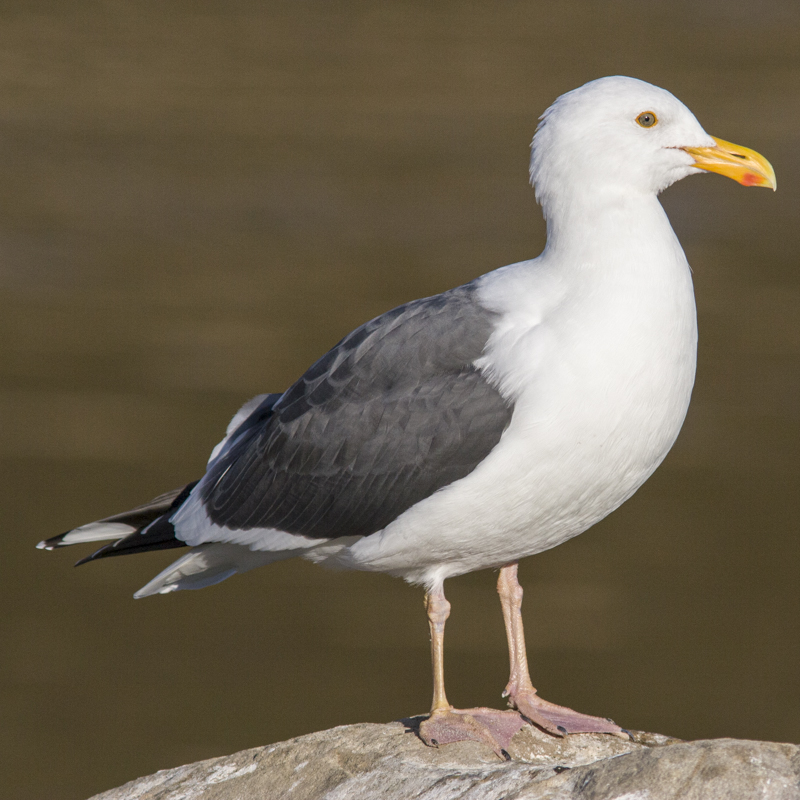
Western Screech Owl
